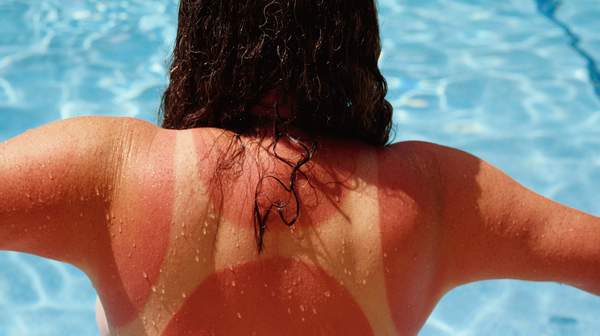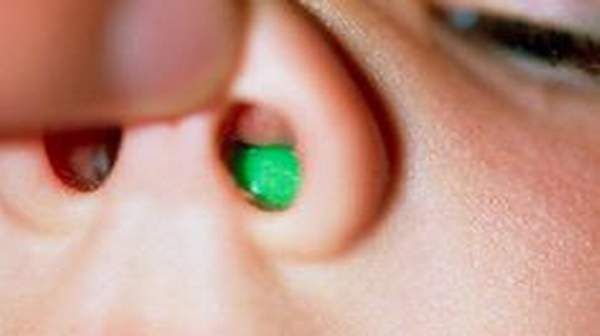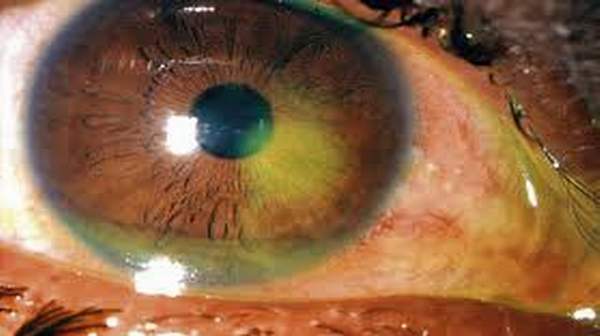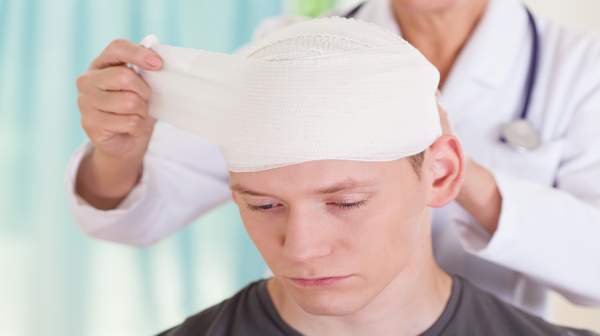What's in this article?
Sunburn red, painful skin that feels hot to the touch usually appears within a few hours after too much exposure to ultraviolet (UV) light from sunshine or artificial sources, such as sunlamps. Sunburn may take several days or longer to fade.
Intense, repeated sun exposure that results in sunburn increases your risk of other skin damage and certain diseases. These include dry or wrinkled skin, dark spots, rough spots, and skin cancers, such as melanoma.
You can prevent sunburn and related conditions by protecting your skin. This is especially important when you’re outdoors, even on cool or cloudy days. If you are sunburned, you can try several home remedies and treatments to relieve pain and speed healing.
What Causes Sunburn
You already know the simple explanation behind sunburn. When your skin is exposed to the sun for a period of time, eventually it burns, turning red and irritated.
Under the skin, things get a little more complicated. The sun gives off three wavelengths of ultraviolet light:
- UVA
- UVB
- UVC
UVC light doesn’t reach the Earth’s surface. The other two types of ultraviolet light not only reach your beach towel, but they penetrate your skin. Skin damage is caused by both UVA and UVB rays.
Sunburn is the most obvious sign that you’ve been sitting outside for too long. But sun damage isn’t always visible. Under the surface, ultraviolet light can alter your DNA, prematurely aging your skin. Over time, DNA damage can contribute to skin cancers, including deadly melanoma.
How soon a sunburn begins depends on:
- Your skin type
- The sun’s intensity
- How long you’re exposed to the sun
A blonde-haired, blue-eyed woman sunbathing in Rio de Janeiro will redden far sooner than an olive-complexioned woman sitting out on a sunny day in New York City.
Can sunburn cause permanent damage?
Yes. Sunburn early in life increases the risk of developing skin cancer later on. Repeated overexposure to ultraviolet rays can also scar, freckle, dry out, and wrinkle the skin prematurely. In addition, frequent overexposure to ultraviolet rays can increase the risk of developing eye cataracts and macular degeneration, a leading cause of blindness.
Sunburn Symptoms
Sunburn signs and symptoms include:
- Pinkness or redness
- Skin that feels warm or hot to the touch
- Pain, tenderness or itching
- Swelling
- Small fluid-filled blisters, which may break
- Headache, fever, chills and fatigue if the sunburn is severe
Any exposed part of your body including your earlobes, scalp and lips can burn. Even covered areas can burn if, for example, your clothing has a loose weave that allows ultraviolet (UV) light through. Your eyes, which are extremely sensitive to the sun’s UV light, also can burn. Sunburned eyes may feel painful or gritty.
Signs and symptoms of sunburn usually appear within a few hours after sun exposure. But it may take a day or longer to know the full extent of your sunburn.
Within a few days, your body may start to heal itself by “peeling” the top layer of damaged skin. After peeling, your skin may temporarily have an irregular color and pattern. A bad sunburn may take several days or longer to heal.
Preventing Sunburn
Here are some tips for keeping your skin safe when you’re outside:
Watch the clock. The sun’s rays are strongest between 10 a.m. and 4 p.m. If you can’t stay indoors during that block of time, at least stick to shady spots.
Wear the right clothes. When you have to be outdoors, wear sun-protective clothing, such as:
- A broad-brimmed hat
- A long-sleeved shirt and pants
- UV-blocking sunglasses
Use sunscreen. Cover any exposed areas of skin liberally with at least 1 ounce of broad-spectrum sunscreen. That means sunscreen that protects against both UVA and UVB rays.
The sunscreen should have a sun protection factor (SPF) of at least 30. Follow these tips for applying sunscreen:
- Apply sunscreen about 30 minutes before you go outside.
- Use sunscreen even on overcast days because UV rays can penetrate clouds.
- Reapply sunscreen every two hours or more often if you’re sweating heavily or swimming.
What first-aid measures should be taken with sunburn?
If symptoms of severe sunburn are present, the individual should contact their doctor, urgent care facility, or emergency department. If compresses are applied, they should be dipped in cool or tepid water, not cold water.
If the symptoms of sunburn are mild or moderate, the person should drink plenty of water to replenish the fluid lost from the sunburn and to avoid dehydration. Other simple home remedies for sunburn are listed in the following sections.
What is the treatment for sunburn?
Most of the treatments available to treat sunburn are only used to treat symptoms.
Nonsteroidal anti-inflammatory drugs (NSAIDs) in oral (ibuprofen, Motrin, Naprosyn, Advil etc.) or topical diclofenac 0.1% gel (Solaraze) forms have shown to reduce redness if applied before or immediately after UVB exposure. This benefit may be diminished after 24 hours. These medications may also help relieve the symptoms of sunburn such as pain and discomfort.
Topical steroid creams may not help. Oral steroids such as prednisone also have not been proven beneficial and have been associated with some significant side effects.
Applying aloe Vera gel to the skin may be beneficial in treating the symptoms.
Other remedies such as topical anesthetics (benzocaine) may help relieve painful symptoms of sunburn. Also, topical OTC moisturizer creams (especially if applied right after a shower or bath) can be used to alleviate the sunburn itch.







